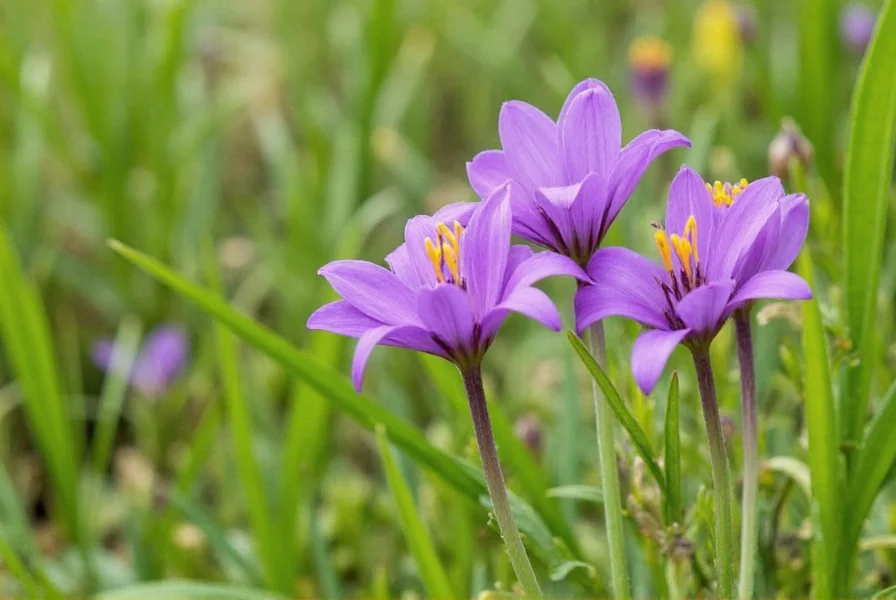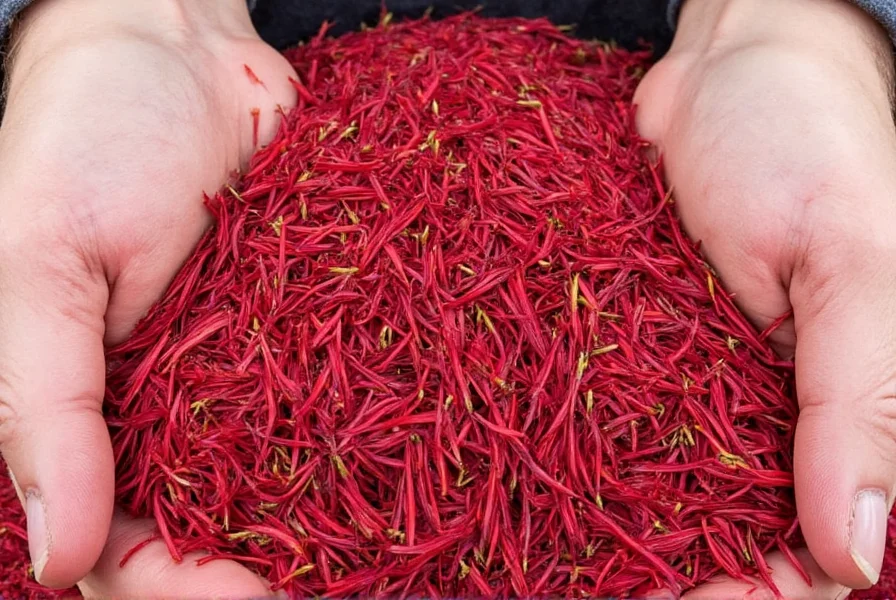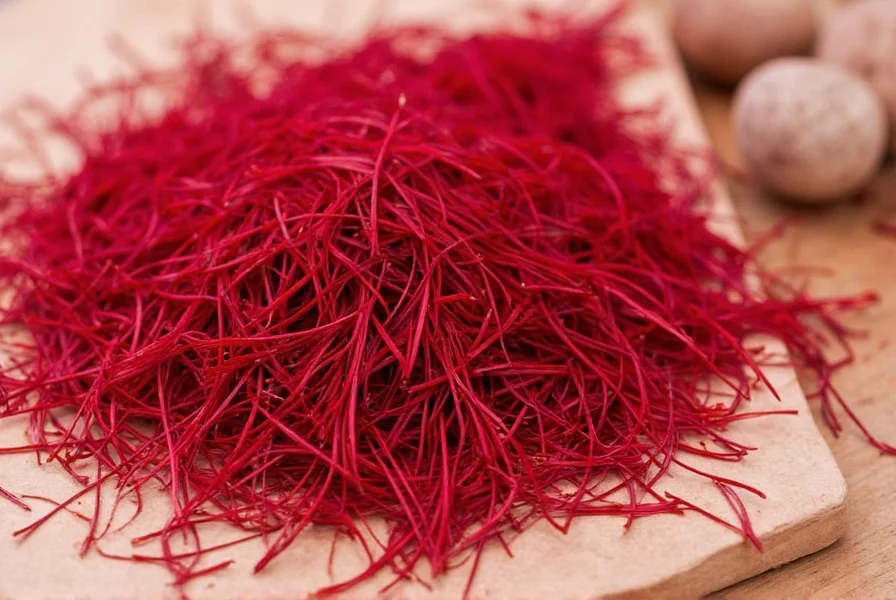Harvesting saffron requires precision, timing, and delicate handling. As the world's most expensive spice by weight, saffron's value comes from the labor-intensive process of collecting the fragile red stigmas from Crocus sativus flowers. Each flower produces only three stigmas, which must be carefully extracted by hand at the perfect moment to ensure maximum flavor, color, and aroma.
Understanding Saffron Flowers and Harvest Timing
Saffron crocus blooms appear suddenly in autumn, usually between late October and early November in the Northern Hemisphere. The exact timing depends on your climate and growing conditions. Unlike most flowers, saffron crocus blooms open in the morning and close by midday, making the harvesting window extremely narrow.
The best time to harvest saffron crocus is early in the morning, ideally between 5-8 AM, when temperatures are cool and flowers remain partially closed. This protects the delicate stigmas from sun exposure and preserves their volatile compounds. Flowers that have fully opened or been exposed to midday sun produce lower quality saffron with diminished flavor and coloring properties.
| Harvest Timing Factor | Optimal Condition | Why It Matters |
|---|---|---|
| Time of Day | 5-8 AM | Flowers remain partially closed, protecting stigmas from sun damage |
| Flower Stage | Fully formed but not fully open | Maximizes stigma integrity and chemical composition |
| Weather Conditions | Dry morning after rain | Moisture dilutes saffron compounds; wait until flowers dry |
| Harvest Duration | 3-4 week period | Flowers bloom sequentially; requires daily monitoring |
Essential Tools for Saffron Harvesting
Unlike mechanized agriculture, saffron harvesting techniques remain largely unchanged for centuries due to the flower's delicate nature. You'll need:
- Small harvesting baskets - Made of breathable material to prevent moisture buildup
- Fingertips or fine tweezers - For delicate stigma extraction (tweezers help prevent hand oils from contacting stigmas)
- White trays or cloths - To lay stigmas on during initial drying
- Gloves (optional) - Some producers use thin cotton gloves to maintain cleanliness
Avoid using metal containers during harvesting as they can react with saffron compounds. The entire hand harvesting saffron process happens quickly—flowers picked in the morning must be processed the same day to prevent quality degradation.
Step-by-Step Saffron Harvesting Process
Follow these precise steps for optimal saffron quality:
- Monitor daily: Check your crocus patch every morning as the harvest season approaches. Blooms appear suddenly and must be harvested within hours.
- Select perfect flowers: Choose blooms that have fully emerged from their protective casing but haven't fully opened. Avoid flowers with visible damage or those already fully open.
- Harvest correctly: Gently pinch the flower stem just below the bloom and lift upward. Don't pull forcefully, which can damage the corm below ground.
- Transport carefully: Place harvested flowers in shallow baskets with good air circulation. Never stack flowers deeply as this causes overheating and moisture buildup.
- Extract stigmas immediately: Within 1-2 hours of picking, separate the three red stigmas from each flower. Hold the flower in one hand and use the other hand's thumbnail or fine tweezers to gently pull the stigmas upward from the yellow style.
The proper saffron stigma collection technique requires practice. Experienced harvesters can process 150-200 flowers per hour, but beginners typically manage 50-75. Quality matters more than speed—damaged stigmas lose value immediately.

Post-Harvest Processing: Drying and Storage
Immediately after extraction, saffron stigmas contain about 80% moisture and must be dried properly:
- Lay stigmas in a single layer on a white cloth or mesh tray
- Dry at 104-122°F (40-50°C) for 10-12 hours
- Traditional method: Spread on silk cloth in a warm, dark, well-ventilated room
- Modern method: Use food dehydrator at lowest setting
Never use direct sunlight or high heat, which destroys saffron's delicate compounds. Properly dried saffron should retain 10-12% moisture content—brittle but not powdery. The drying saffron after harvest process directly impacts the final product's quality and shelf life.
For storing freshly harvested saffron, use airtight containers away from light, heat, and moisture. Glass jars with tight-sealing lids work best. Properly stored saffron maintains peak quality for 2-3 years, though it remains usable for up to 5 years.
Common Saffron Harvesting Mistakes to Avoid
Even experienced growers make these critical errors that diminish saffron quality:
- Harvesting too late: Waiting until flowers fully open exposes stigmas to UV light, reducing crocin (color compound) levels by up to 30%
- Using wet hands: Moisture dilutes saffron's chemical compounds and promotes mold during drying
- Delaying processing: Stigmas begin deteriorating within 2 hours of flower picking
- Improper drying temperatures: Heat above 140°F (60°C) destroys safranal (aroma compound)
- Harvesting damaged flowers: Insect-damaged or diseased flowers produce inferior saffron
Remember that why saffron must be harvested by hand isn't just tradition—it's necessity. The delicate structure of the crocus flower makes mechanical harvesting impossible without destroying the valuable stigmas.

Maximizing Your Saffron Yield
While you can't change the biological reality that each flower produces only three stigmas, you can optimize your harvest:
- Plant corms at proper depth (6-8 inches) for stronger blooms
- Maintain well-drained soil to prevent corm rot
- Provide full sun exposure during growing season
- Water appropriately before flowering (drought stress reduces blooms)
- Allow foliage to die back naturally after flowering to replenish corms
A mature saffron crocus patch typically yields 0.5-1.5 pounds of dried saffron per acre. While this seems low, high-quality saffron sells for $5,000-$10,000 per pound, making careful harvesting essential for economic viability.
Conclusion: The Art of Saffron Harvesting
Mastering the saffron harvesting step by step process requires patience and attention to detail. The narrow harvesting window, delicate handling requirements, and immediate processing needs make saffron one of agriculture's most labor-intensive crops. However, when executed properly, the result is a spice of extraordinary quality that commands premium prices worldwide. Whether you're harvesting a small garden patch or managing a commercial operation, respecting the precise timing and techniques outlined here ensures you maximize both the quality and value of your saffron harvest.
Frequently Asked Questions
How many saffron threads come from one flower?
Each saffron crocus flower produces exactly three red stigmas, which become the saffron threads after harvesting and drying. These three delicate threads represent the entire usable portion of the flower and must be carefully extracted by hand.
Can you harvest saffron in the afternoon?
No, the optimal time for saffron harvesting is early morning (5-8 AM) when flowers remain partially closed. By afternoon, most flowers have fully opened, exposing the stigmas to sunlight which degrades their chemical compounds. Afternoon harvesting produces saffron with significantly reduced color strength and aroma.
How long does the saffron harvest season last?
The saffron harvest season typically lasts 3-4 weeks in late autumn. Flowers don't all bloom simultaneously—new blooms appear daily throughout this period, requiring daily monitoring and harvesting. The exact duration depends on climate conditions, with cooler temperatures extending the blooming period.
Why can't saffron be harvested mechanically?
Saffron cannot be harvested mechanically because the crocus flowers are extremely delicate and grow close to the ground. Mechanical harvesters would destroy both the flowers and the underground corms. Additionally, the selective extraction of only the three red stigmas requires human precision that machines cannot replicate without damaging the fragile threads.
How soon after picking must saffron be processed?
Saffron stigmas should be extracted and begin drying within 1-2 hours of flower picking. Delaying processing causes rapid degradation of the saffron's chemical compounds. The flowers themselves can be stored for up to 12 hours in cool conditions before stigma extraction, but quality diminishes with each passing hour.











 浙公网安备
33010002000092号
浙公网安备
33010002000092号 浙B2-20120091-4
浙B2-20120091-4